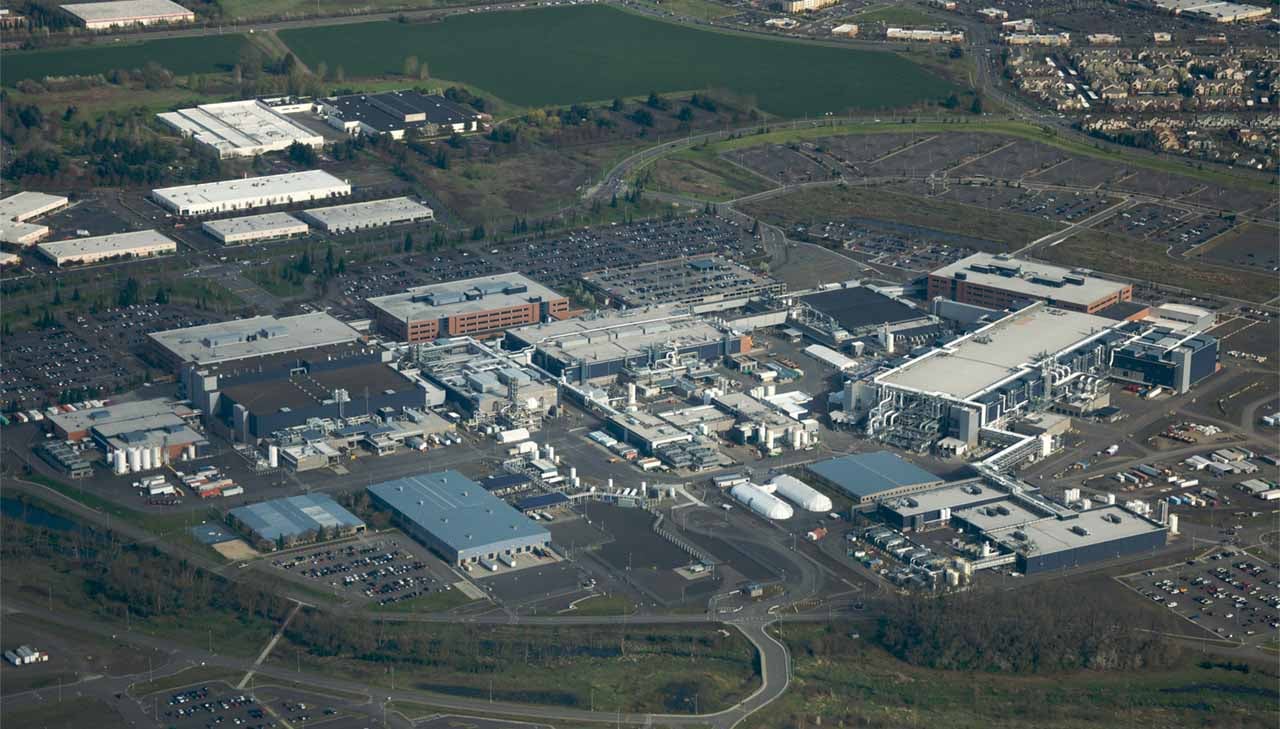Agriculturists Could Hamper Oregon’s Bid to Become a High-Tech Industry Research Hub

Semiconductors do not need A-Class prime farmland to thrive is the nutshell reaction of agriculturalists opposed to the incorporation of 373 acres of farmland into the Portland urban growth boundary to allow for the establishment of a federal semiconductor research center.
Governor Wants to Ensure Oregon’s Future as a High-Tech Service and Job Provider
The incorporation of the farmland is proposed by Governor Tina Kotek who wants to ensure Oregon’s future as a major player and workgiver in the high-tech industry that sparked fierce debate at a public meeting in Hillsboro on Thursday.
‘Semiconductors do not need A-class prime farmland to thrive,’ was the comment made by Maria Ponzi, owner of Laurelwood Vineyard Management Company who is opposing the incorporation. Her sentiments were echoed by dozens of pro-agriculture supporters.
More than 200 people attended the meeting, and while dozens of conservationists opposed the plan, dozens of business leaders, property owners, and public officials voiced their support.
Oregon needs to provide additional land if it hopes to win the go-ahead for a federal National Semiconductor Technology Center estimated to be worth $900 million. The project would cement Oregon’s high-tech position and ensure jobs for hundreds of people in future years.
Several States are Competing to House the Semiconductor Center
However, the U.S. Department of Commerce is selecting three sites and is also being wooed by several other states, including Arizona, California, and New York.
The governor is applying the special authority (Senate Bill 4) granted by the state Legislature last year to circumvent land-use controls that restrict development outside of urban areas. Expanding urban boundaries can take years of research and debate but the Legislature’s special authority sidesteps that red tape.
However, Gov. Kotek can only exercise those special powers until the end of this year when they expire.
Additional Public Comment Open Until October 30
Now, after Thursday’s meeting, Kotek must wait until October 30 to receive any additional public comment before she can officially incorporate the 373 acres for the semiconductor industry. If Oregon fails to win the federal funding within the next two years, the acreage will revert to rural status.
The proposed semiconductor research hub site is south of U.S. 26 and east of Northwest Jackson School Road and abuts 200 acres within the Hillsboro urban growth boundary. The site is a few miles from the existing Intel research campus.
The National Semiconductor Technology Center will be financed by the federal CHIPS and Science Act of 2022 in an industry that employs 33,000 Oregonians.
The Govenor’s deputy chief of staff, Vince Porter told people at Thursday’s public meeting that while competition is fierce between several states to attract the high-tech industry hub, Oregon had to be competitive to attract the opportunity.
Farmers Say They Are Ready to File Multiple Suits
But agriculturalists have promised to fight hard to prevent the loss of the 373 acres. ‘We are ready to file multiple suits,’ said the head of Friends of North Plains for Smart Growth and Washington County farmer, Aaron Nichols.
Oregon has lost about 660,000 acres – or 4% of its farmland – between 2017 and 2022, according to the USDA Census of Agriculture, making it the second highest loser of farmlands among Western states. The biggest loss of farmland was suffered by Washington.
See also: Land Required for a Semiconductor Research Center: Oregon Governor is Walking a Tightrope
The U.S. Department of Commerce plans to move forward rapidly with the semiconductor research center and legal uncertainties clouding land availability in Oregon could complicate Tina Kotek’s bid to cement the state as a high-tech service and job provider.
